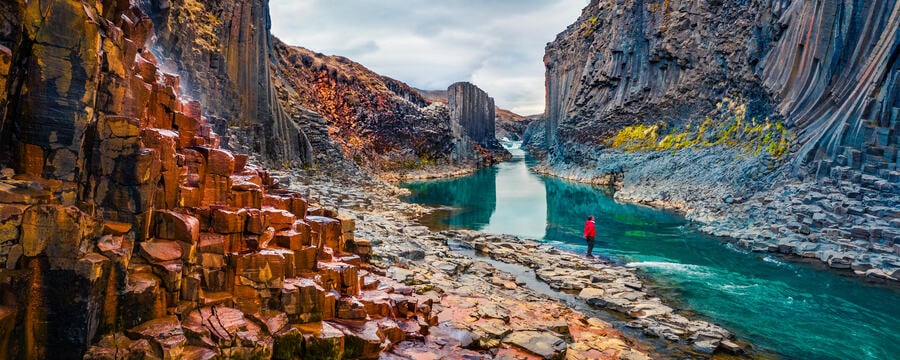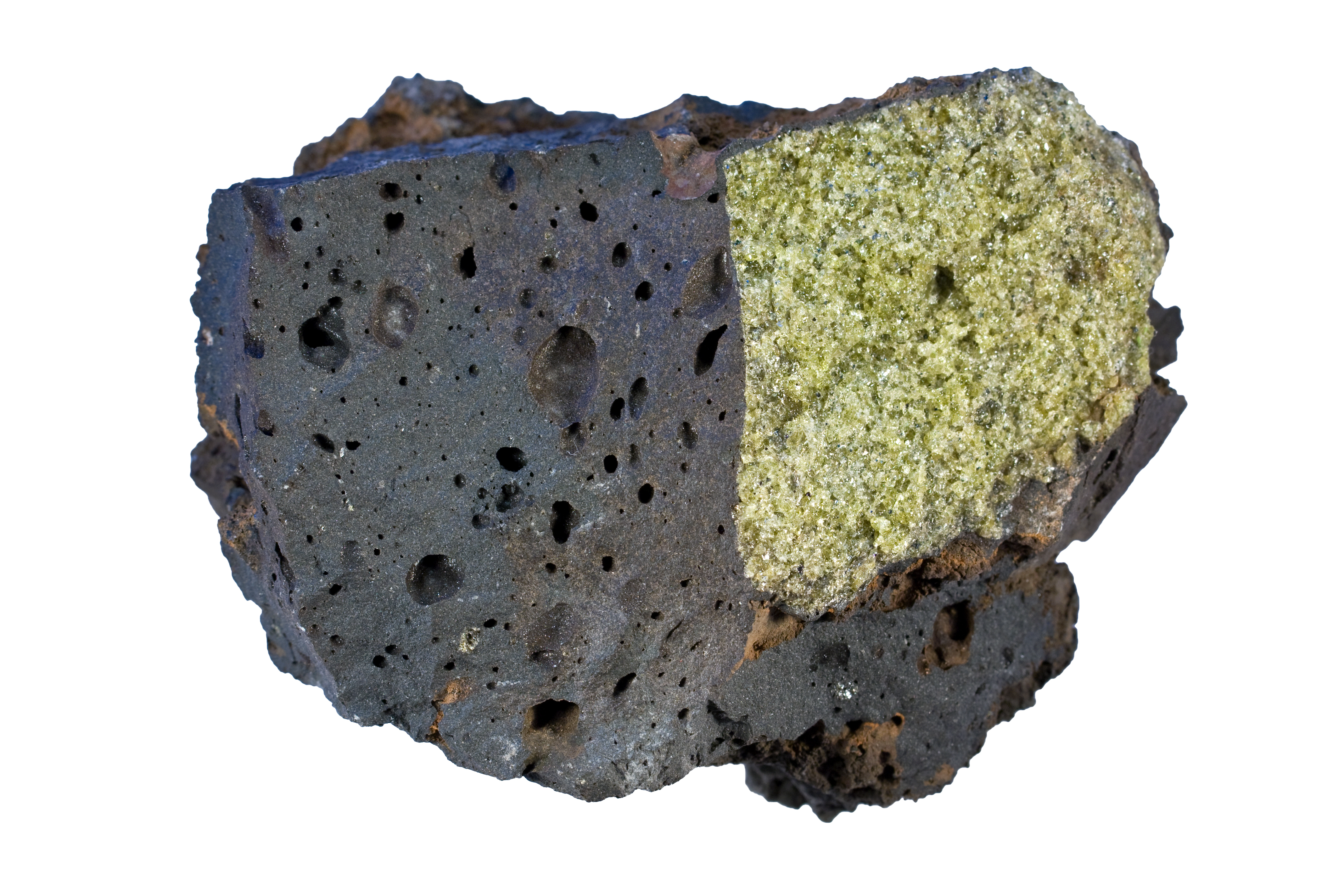Home / Nature & Environment / Geology / Ore Geology: In the Epicentre of the Fossil-Free Energy Transition / Magmatic ore forming processes
This article is from the free online
Ore Geology: In the Epicentre of the Fossil-Free Energy Transition


Reach your personal and professional goals
Unlock access to hundreds of expert online courses and degrees from top universities and educators to gain accredited qualifications and professional CV-building certificates.
Join over 18 million learners to launch, switch or build upon your career, all at your own pace, across a wide range of topic areas.

 Figure 1: Magmatic ore formation
Figure 1: Magmatic ore formation
 Figure 2a: Olivine xenolith, an ultramafic rock that contains a lot of iron and magnesium
Figure 2a: Olivine xenolith, an ultramafic rock that contains a lot of iron and magnesium
 Figure 2b: Granite, a felsic rock with high silica contents
Figure 2b: Granite, a felsic rock with high silica contents






